There's a simple trick you're missing to make your backyard's clay pots look better and the plants inside healthier
Beautiful though they may be, terracotta planters might not be the most practical pot of the lot if you miss this crucial step
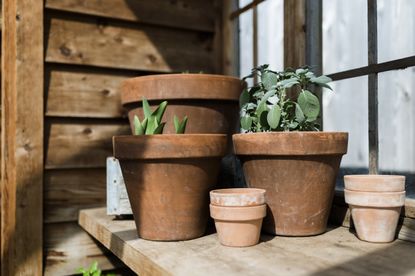

The plant revolution is well and truly underway with all of us looking for new ways to incorporate plants into our design schemes, both inside and out. When looking for ways to style our fronded friends the clay pot is a timeless classic, the rustic tones of terracotta pairing perfectly with our greenery. But, beautiful though they may be, they might not be the most practical pot of the lot.
Since they have such a long-standing history in the world of botany, you'd be forgiven for thinking a terracotta planter is an indisputable choice for housing your plants. Yes, they have their benefits over plastic - being sustainable, frost resistant, and porous - but they do have a pitfall, and it relates to the latter of these points.
The porous quality of clay helps to improve soil aeration and regulate moisture. While this does help to prevent overwatering and consequent root rot, it also means water can sometimes seep from the pot too quickly and cause plants to dry out, which can be a particular problem for plants that prefer humidity when container gardening.
titleIf you have plants in clay pots, here's a simple gardening trick you'll want to know about
What is clay pot sealant for?
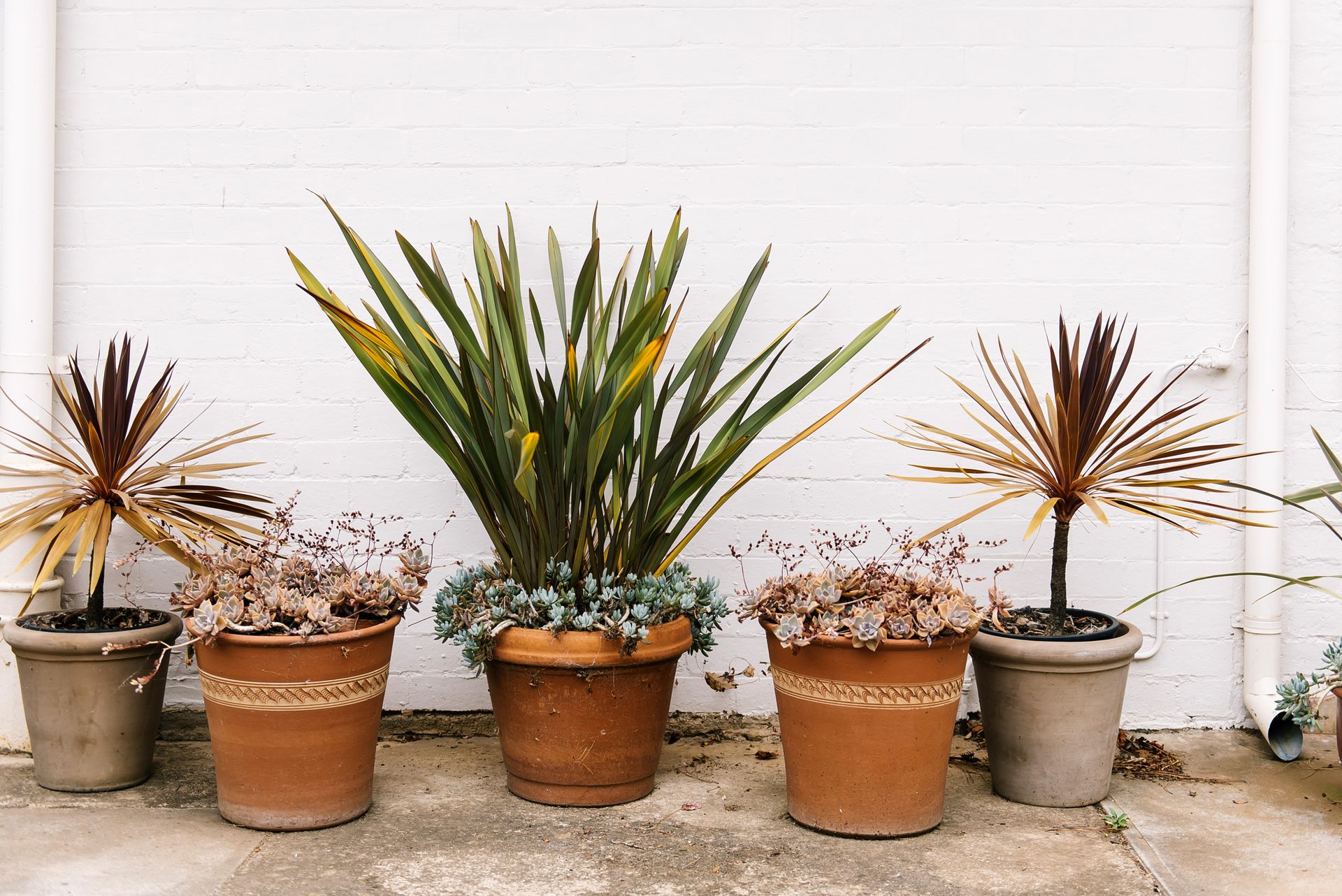
Clay pot sealant does exactly what it says on the tin - it seals your clay pots for your container gardening. As Alex Tinsman, a gardener at How To Houseplant, explains: 'Clay pot water sealant is a coating that is applied to the inside of clay pots to help prevent water from seeping through the porous clay. The sealant is used to make the pot water-resistant, preventing the potting soil from drying out too quickly and reducing the likelihood of root rot.'
Besides the risks posed to your plant, failure to seal your terracotta pots could actually damage your pots themselves, too. For example, that white discoloration on your clay pots? That's a mineral build-up resulting from a lack of a sealant. 'Over time, water seepage can cause cracking, staining, and other harm to the pot,' says Tom Monson, gardening expert and owner of Monson Lawn & Landscaping. 'Using a water sealant is therefore crucial for maintaining clay pots both indoors and outdoors as it enhances water resistance, durability, and protection from natural elements.'
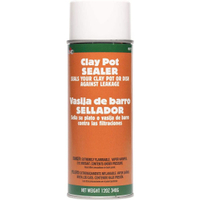
Clay Pot Sealer, Amazon
This aerosol clay pot sealer is a must-have for any plant mom. Simply spray your terra cotta pots and planters with the solution to prevent water from leaking through to keep you plants hydrated and happy.
When should you use a clay pot sealant?
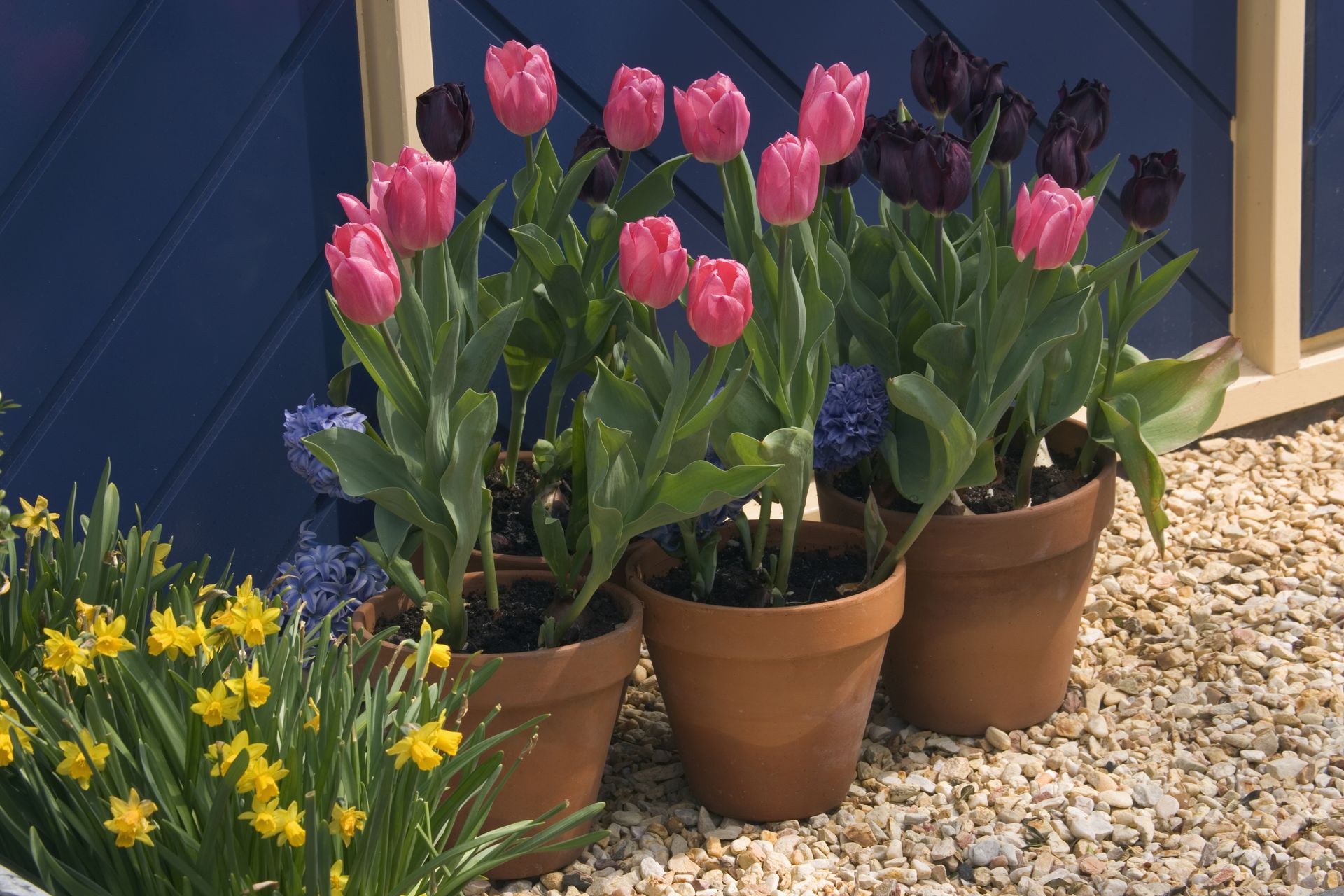
If you've been using clay pots since the dawn of time and experienced no issues at all, you might be wondering what all the fuss is about. The thing is, depending on your environment and the type of plant you have, they can survive just fine in clay pots that aren't sealed, but it does have its benefits.
First, let's get instances where you can get away without a sealant out of the way. 'If you are using glazed or plastic pots, there is of course no need for a water sealant,' says Alex. That's because these types of planters aren't porous, so you won't encounter the same problems.
So, when should you use one? As Alex goes on to explain, it's especially important to use a sealant for outdoor plants in your backyard since exposure to the elements and changes in temperature can damage the pot, while increased rainfall can also saturate the soil. 'By preventing water from seeping through the pot, the sealant helps to maintain consistent moisture levels in the soil, which is essential for healthy plant growth,' he says. 'It can also help to reduce the frequency of watering, as the soil will retain moisture for longer periods.'
This is especially important for plants that require high levels of humidity, such as ferns or tropical plants. 'By preventing water from escaping through the pot, the sealant can help to maintain higher humidity levels around the plant,' adds Alex. If you have plants like Boston ferns potted in your backyard, using a sealant on your clay pots is therefore a good idea.
'In addition to using a water sealant, I suggest using a potting mix designed specifically for clay pots,' notes Tom. 'This helps the soil avoid becoming too compact and aids plants in retaining moisture, leading to improved growth and health.' Look out for soilless mixtures with peat moss or coco coir as base ingredients.
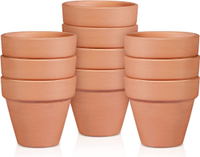
Pack of 10 large terracotta pots, Amazon
Suitable for use indoors and out, this set of 10 terracotta pots from Amazon is a great way to start your container gardening collection. At 4.7" high and with a 5.5" diameter, they're the ideal size for medium-sized houseplants or small outdoor shrubs and herbs.
Do you need to seal clay pots indoors?

While it's particularly pertinent to seal your outdoor clay pots, the same benefits will apply to your houseplants, too. The only difference is that the temperature doesn't fluctuate as much in an indoor climate, so the risk to both plant and pot isn't as high.
Using a terracotta sealant is still a good idea, though, especially if you have humidity-loving plants like a monstera in them. It's not as essential for plants like succulents that come from arid climates and prefer drier soil, but a sealant won't cause any harm to them either. To be on the safe side and ensure the longevity of your pot, it's best to use a clay pot sealer anyway.
Be The First To Know
The Livingetc newsletter is your shortcut to the now and the next in home design. Subscribe today to receive a stunning free 200-page book of the best homes from around the world.

Lilith Hudson is the News Editor at Livingetc, and an expert at decoding trends and reporting on them as they happen. Writing news, features, and explainers for our digital platform, she's the go-to person for all the latest micro-trends, interior hacks, and color inspiration you need in your home. Lilith discovered a love for lifestyle journalism during her BA in English and Philosophy at the University of Nottingham where she spent more time writing for her student magazine than she did studying. After graduating, she decided to take things a step further and now holds an MA in Magazine Journalism from City, University of London, with previous experience at the Saturday Times Magazine, Evening Standard, DJ Mag, and The Simple Things Magazine. At weekends you'll find her renovating a tiny one-up, one-down annex next to her Dad's holiday cottage in the Derbyshire dales where she applies all the latest design ideas she's picked up through the week.
-
 The 12 Best Table Lamps for Reading —I'm a Certified Bookworm (and Shopping Expert)
The 12 Best Table Lamps for Reading —I'm a Certified Bookworm (and Shopping Expert)When it comes to table lamps for reading, I don't mess around. If you're the same, this edit is for YOU (and your books, or course — and good recommendations?)
By Brigid Kennedy Published
-
 "It's Scandi Meets Californian-Cool" — The New Anthro Collab With Katie Hodges Hits Just the Right Style Note
"It's Scandi Meets Californian-Cool" — The New Anthro Collab With Katie Hodges Hits Just the Right Style NoteThe LA-based interior designer merges coastal cool with Scandinavian simplicity for a delightfully lived-in collection of elevated home furnishings
By Julia Demer Published

